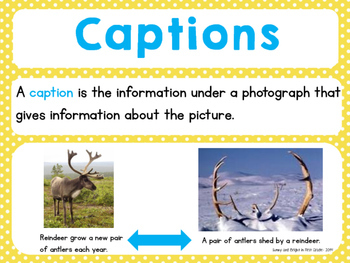

They studied 16 teams, with 8 match-ups, 2 games per match-up. To study this, scientists in the Fewell lab studied the interactions between basketball players during the 2010 NBA playoffs by looking at who passed the ball to whom in each team. How does the group work together? What properties of team interactions make the team more likely to succeed in achieving its goals? When studying teamwork, we connect the network structure to a measure of performance. Networks are a way to represent connections between people: to whom do you talk? With whom do you work? Who are your teachers? Your friends? These connections all represent different kinds of networks. The text is also 'chunked' into small bits so that it is easier for the reader to process. Rather than placing the definition at the front (left), the kid-friendly piece engages the reader first and then introduces the term. In the Public Library of Science Biology article, “ Basketball Teams as Strategic Networks,” Jennifer Fewell and her own team of scientists have studied how players work together to move the ball across the court.Įxample 2 - The story of networks continues by using the reader's own experiences to introduce them to the idea of networks (right). What is it in this maze of passes and shots that makes the difference between a team that wins and one that does not? While weekend sports experts and living room fans debate the pluses and minuses of particular teams, there is a group of scientists who have a new idea on measuring team behavior and success. This is the back-and forth world of basketball where one team wins and another loses. A shot is taken, the basket made or missed. A blur as it passes from one player to the next. There is the sound of the ball bouncing on the hardwood floor.

In the Public Library of Science Biology article, “Basketball Teams as Strategic Networks,” scientist Jennifer Fewell and her team study how players work together to move the ball across the court – who throws the ball to whom? – and how these interactions can predict the team’s success. The performance of the team depends on how individuals work together towards their goal.

Basketball players work together to move a ball across the court and score points.

For example, wild dogs hunt together to catch prey. Have you ever wondered what makes the difference between a team that performs well versus a team that doesn't achieve its goal? A team is a group of individuals that work together to achieve a common goal. The one on the right does the same thing, but engages the reader by drawing on their senses. The one the left poses a question at the beginning and provides some examples. The key is to keep the writing active and to engage the reader using the five senses.Įxample 1 - Both examples below are written at a middle school level and introduce the reader to a study of basketball teams and networks. We have put together some examples of kid-friendly content. While these tools are great for testing reading level they do not show how fun or enjoyable and kid-friendly a story might be. The first element can be addressed by using the multiple tools available for assessing the reading level of a document. In order to do this there are two elements we look for, reading level and how enjoyable or fun a story will be for the reader. We have found that creating stories for middle school students and teachers allow us to reach as large a group as possible. At Ask A Biologist we work to create content that can be enjoyed by a wide audience.


 0 kommentar(er)
0 kommentar(er)
